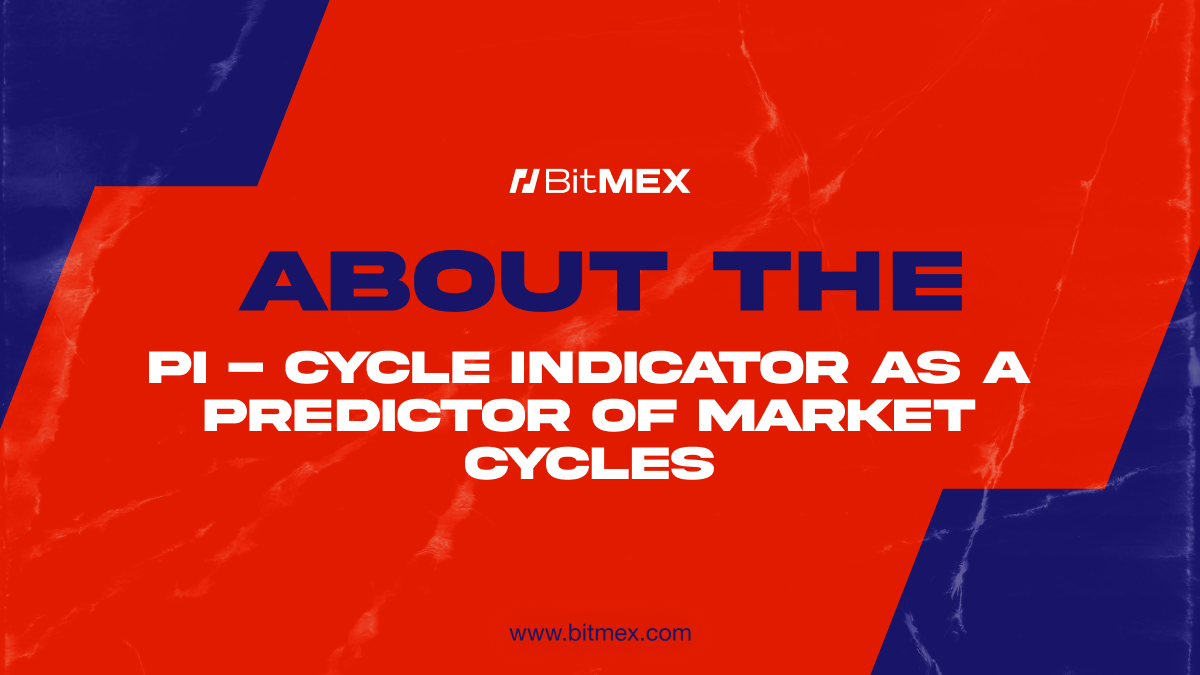
Timing the market is the holy grail for many traders, but the reality is that it’s an extremely difficult task. Far too often, new traders get caught up in “buying the dip” or “selling the top” — only to end up nursing heavy losses when their market timing works against them.
There’s a notorious trading principle that suggests that spending time in the market yields greater returns than attempting to time the market.
However, the Pi-Cycle top indicator might contradict this notion, as it has predicted several of Bitcoin’s major market cycle tops by utilising moving averages. Historically, after the indicator flashes a “top signal,” Bitcoin has experienced significant drops, ranging from 52% to 86%.
What is the Pi-Cycle Indicator?
The Pi Cycle Top Indicator was developed by Philip Swift, a crypto analyst and the founder of Bitcoin Magazine Pro, a crypto analytics website.
How it works?
The indicator triggers a “top signal” when Bitcoin’s 111-day moving average (orange line) crosses above twice the value of its 350-day moving average (green line). In simple terms, a moving average calculates the average price of Bitcoin over a specific number of days and updates daily.

Historical Performance of the Pi Cycle Top Indicator
Since 2013, the Pi Cycle Top Indicator has successfully signaled four major peaks in Bitcoin’s price, each occurring within a few days of a significant top.
Below is an analysis of these signals and their outcomes:
5 April 2013: The first top signal saw Bitcoin’s price drop by 65.50% over the following 11 days. While Bitcoin’s price nearly doubled in the initial four days post-signal, this rally was unsustainable. Given Bitcoin’s relatively small market size at the time, the 2013 signal should be viewed with caution due to heightened volatility.
3 December 2013: The second signal was triggered just one day before Bitcoin reached its peak for the cycle. Subsequently, Bitcoin’s price declined by 86.11% over 623 days.
16 December 2017: The third top signal also occurred one day before the peak of Bitcoin’s bull market for that cycle. Following this signal, Bitcoin’s price dropped by 84.03% over 364 days.
12 April 2021: The most recent signal occurred two days before Bitcoin peaked at just under $65,000. Over the next 71 days, Bitcoin’s price fell by 52.94%. Although this drop was smaller in percentage terms compared to previous signals, Bitcoin’s market size had grown substantially, exceeding a trillion dollars.
The Flip Side: Cases Where the Pi Cycle Top Indicator Didn’t Signal
While the Pi Cycle Top Indicator successfully predicted major peaks in Bitcoin, it’s also important to note the other side of the story – particularly, the instances where Bitcoin experienced significant peaks without a corresponding signal from the Pi Cycle Top Indicator. Notable instances include:
26 June 2019: Bitcoin’s price dropped by 71.98% over 261 days.
10 November 2021: Bitcoin’s price fell by 77.57% over 376 days.
These occurrences are circled in red on the above chart.
Future Implications of the Pi Cycle Top Indicator
As of August 2024,both moving average lines of the Pi Cycle Top Indicator are trending upward, with the 111-day MA approaching the 350-day MA. This suggests that Bitcoin’s current cycle has not yet concluded, and the bull run may still have further to go (at the time of writing).
We can make further observations, such as the price action typically rejecting or trading sideways at the first encounter with the 350-day MA at the start of every bull run.

By understanding and utilising tools like the Pi Cycle Top Indicator, traders can better navigate the complexities of Bitcoin’s market cycles and make more informed decisions.
Theoreticals aside, if you wish to begin trading crypto derivatives or spot on BitMEX, you can find all our existing products here. For more educational resources on trading, visit this page.
To be the first to know about our new listings, product launches, giveaways and more, we invite you to join one of our online communities and connect with other traders. For the absolute latest, you can also follow us on Twitter, or read our blog and site announcements.
The post How Moving Averages Can Predict Market Cycles: A Comprehensive Guide for Traders appeared first on BitMEX Blog.



















